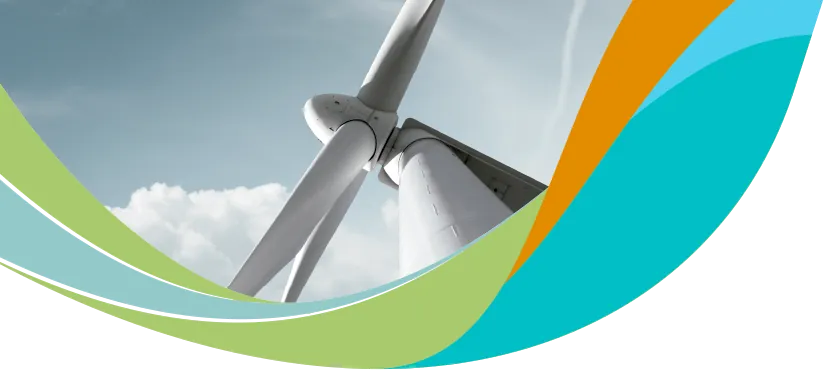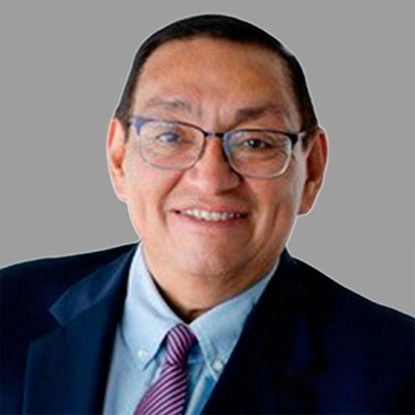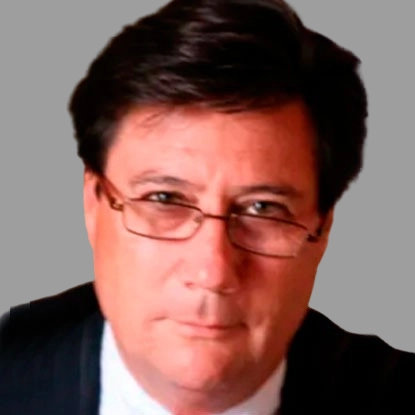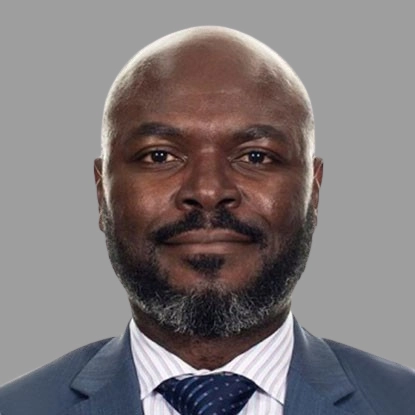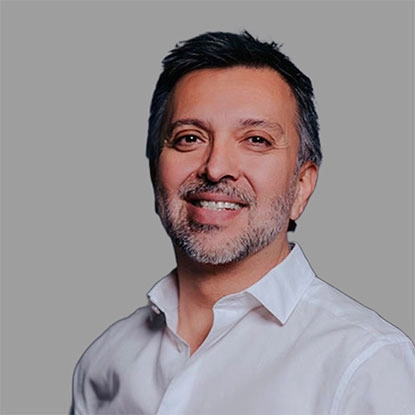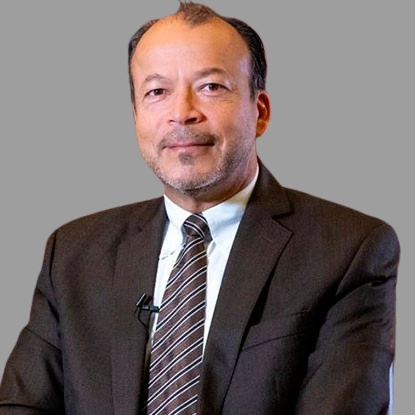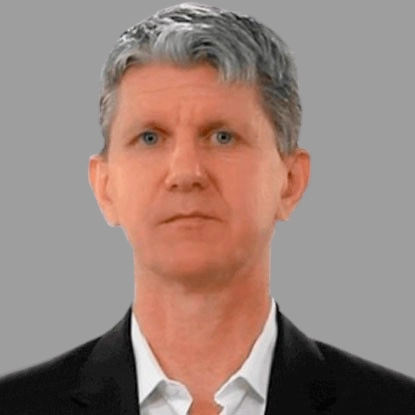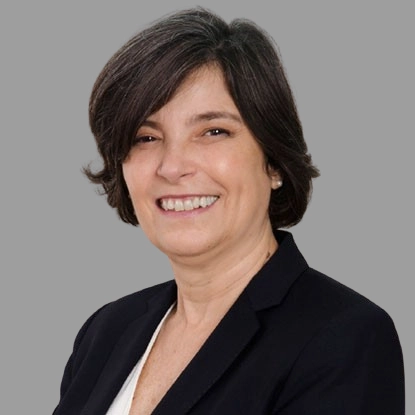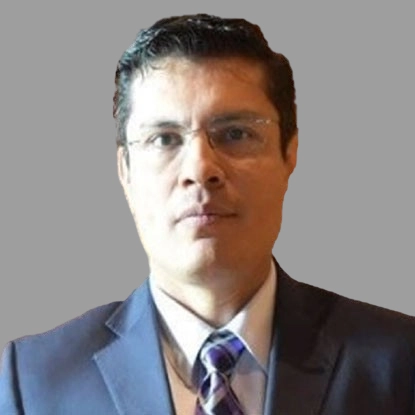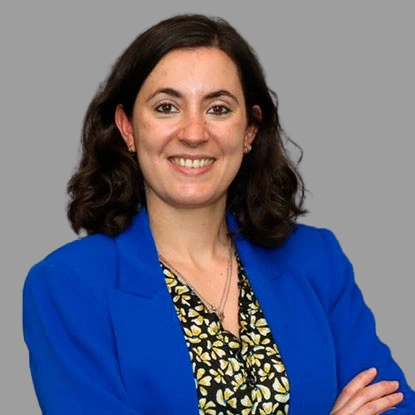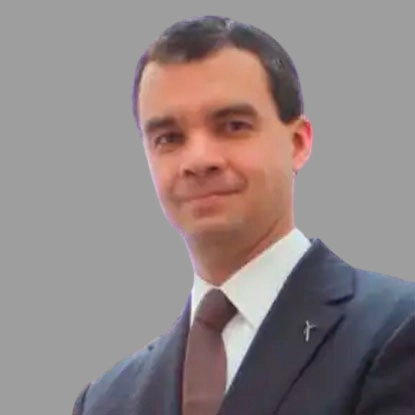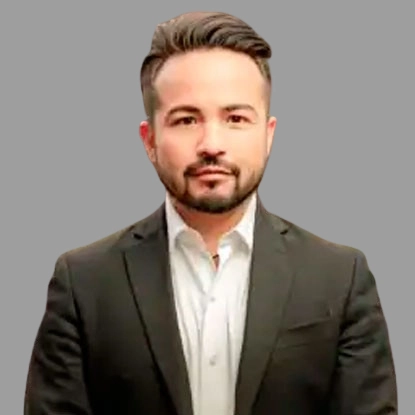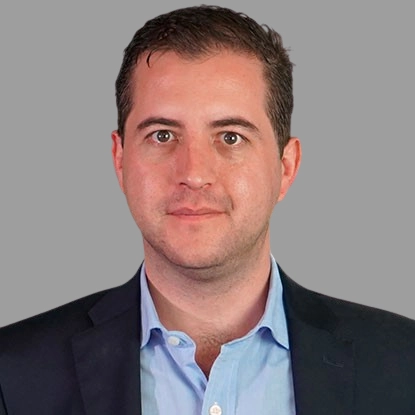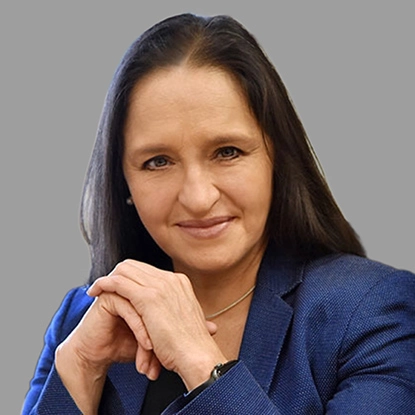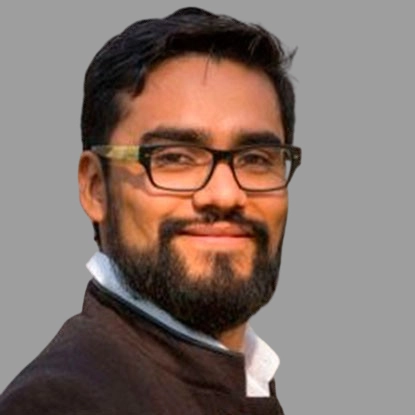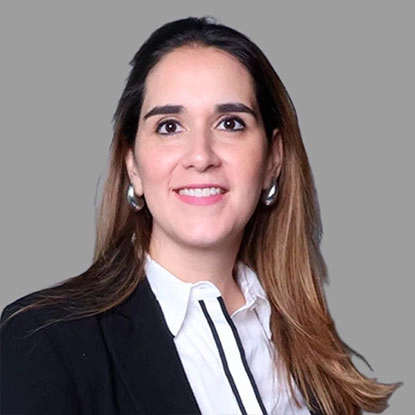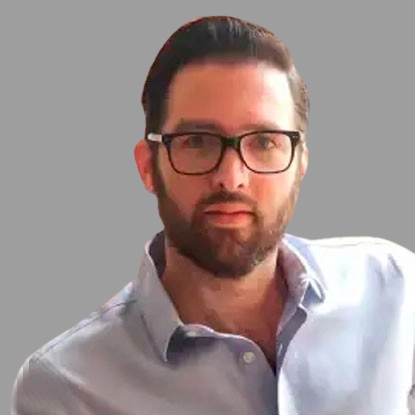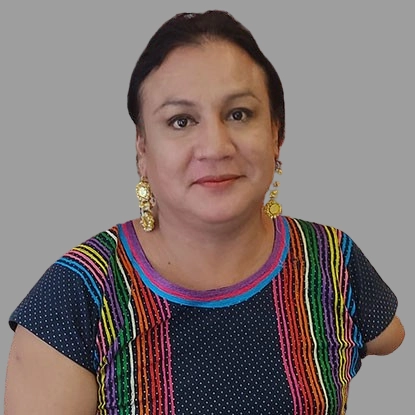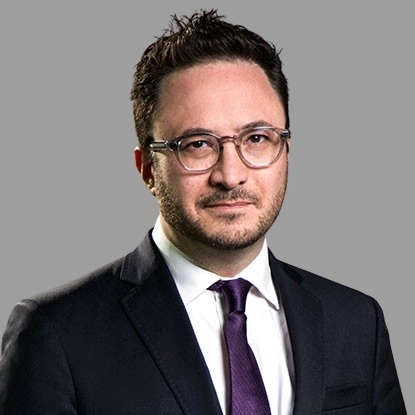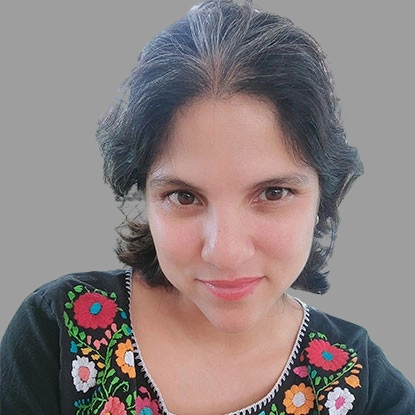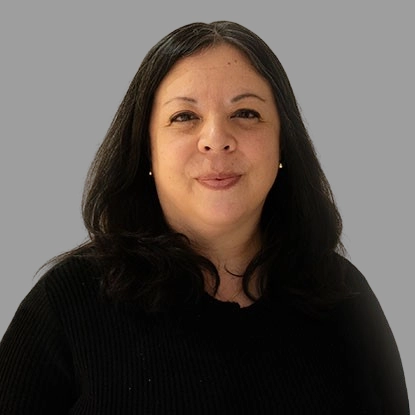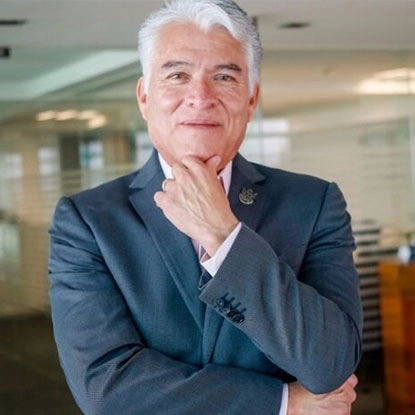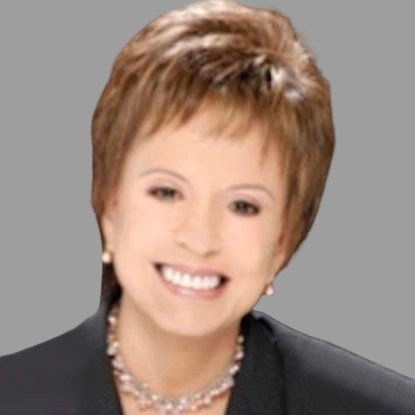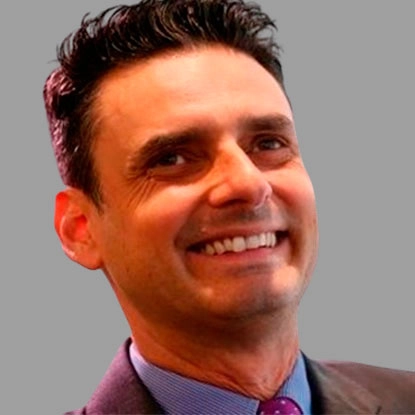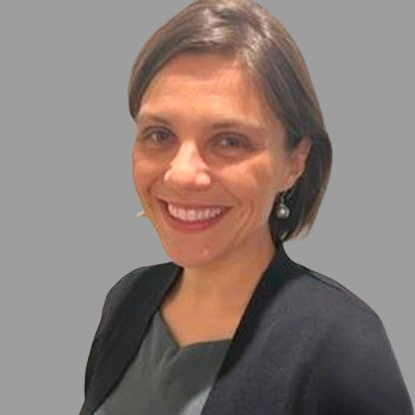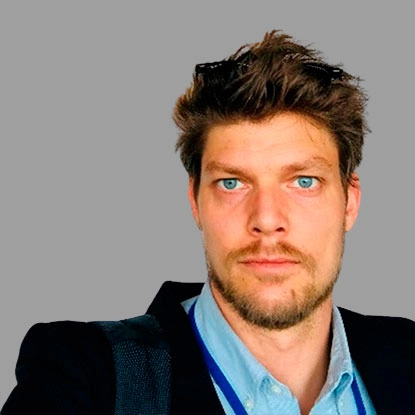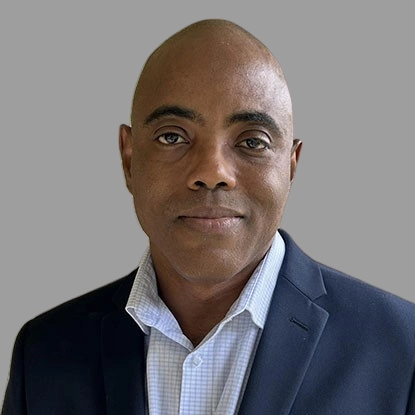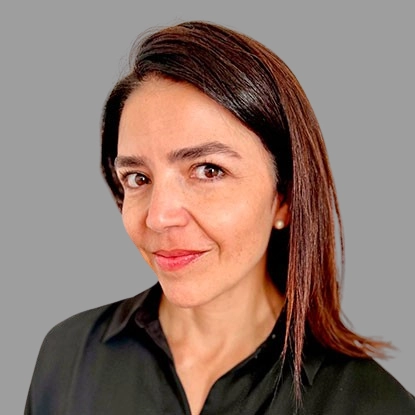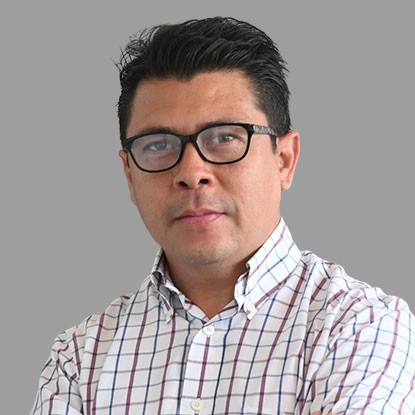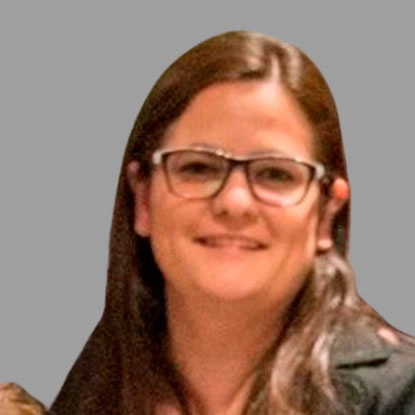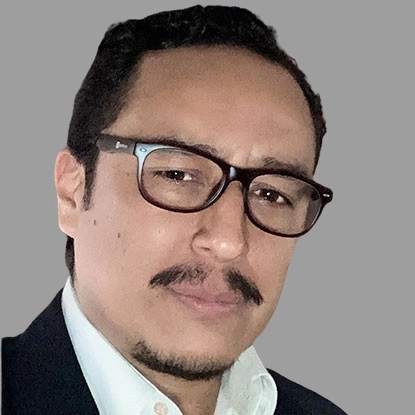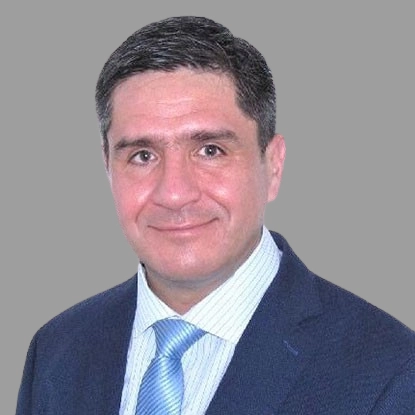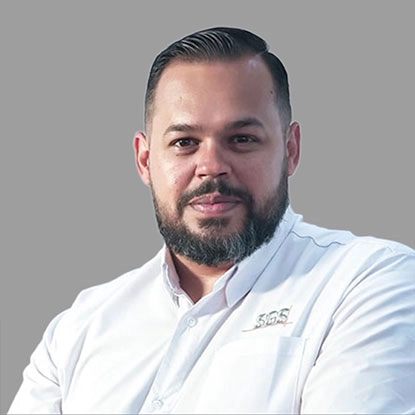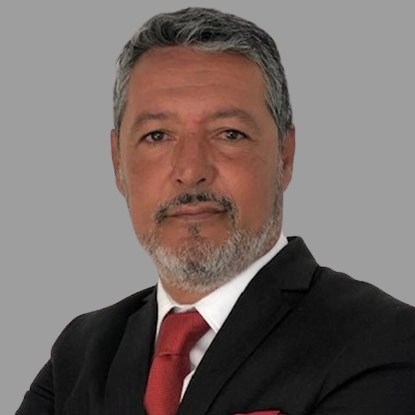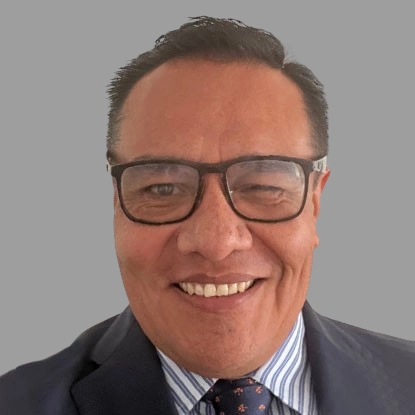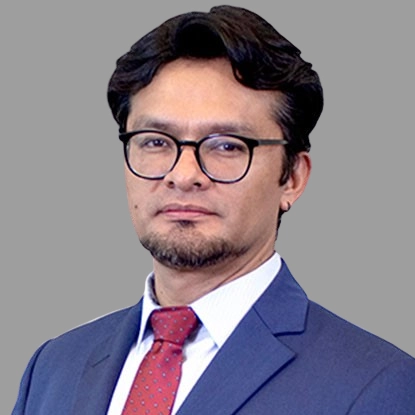Program
MEXICO FACING
GLOBAL COMMITMENTS
CONGRESS PROGRAM
Hotel Barceló Reforma
Tuesday 27 – PANORAMA DEL SECTOR EÓLICO EN MÉXICO
09:00 - 10:00
OPENING CEREMONY
10:00 - 11:00
PANEL
INTERNATIONAL VISION: A FEW STEPS FROM 2030
By 2023, globally, 1,000 GW of installed wind capacity will be surpassed; however, there is still much progress to be made. The outcomes of the Global Stocktake agreed at COP28 call on Parties to triple installed renewable energy capacity and double the global average annual rate of improvement in energy efficiency.
This panel will discuss how the international wind sector faces these challenges and what strategies will be implemented towards 2030 and what the role of wind energy will be towards Net Zero.
• COP24 climate objectives and energy security• Increasing RE participation, the road to energy transition
• Comparison with LATAM, USA and European Union
11:00 - 11:30
NETWORKING BREAK
11:30 - 12:30
PANEL
TRANSMISSION GRID PILLAR FOR THE DEVELOPMENT OF THE WIND ENERGY SECTOR
The National Transmission Grid (NTR) is essential for the proper functioning of the electricity sector. Open and non-discriminatory access to the NTR drives efficiency and attracts investments in generation and electricity trading. The global and national challenges of decarbonization require a robust and reliable TSN to facilitate increases in installed renewable energy capacity and diversification of the generation mix.
This panel will review the needs for strengthening and expanding the TNR and the solutions that could be implemented in the short, medium and long term.
• What are the constraints? Security and supply• Steps to accelerate solutions
• Repowering lines
• Transmission grid success stories
• Dynamic capacity and reactive power
12:30 - 14:00
PANEL
NEARSHORING: CHALLENGES AND OPPORTUNITIES FOR THE WIND ENERGY SECTOR
There is great interest from international investors to relocate their investments in Mexico; according to JP Morgan, nearshoring could benefit the Mexican economy by attracting investments of between 30 and 50 million dollars per year, generating more than 4 million jobs and economic growth of between 3 and 3.5% per year.
The feasibility of relocating companies depends on a reliable and decarbonized electricity supply, therefore, if Mexico promotes electricity generation from renewable sources to meet the increase in electricity demand, it will boost GDP growth.
In this panel, experts will discuss the opportunities of relocation and how to overcome the challenges of renewable energy demand.
- Green energy requirements
- Perspectives of large energy consumers already established in the Mexican market.
- Financial markets and their Environmental, Social and Governance (ESG) compliance
- Changing supply chains and their impact
14:00 - 15:00
LUNCH TIME
WIND ENERGY ASSET MANAGEMENT
- Current condition assessment: How to diagnose and assess the health of aging assets
- Proactive Maintenance Strategies: Advanced techniques to optimize the life and performance of critical components
- Innovations in Technology and Management Practices: Tools and Methodologies to Address the Challenges of Aging Wind Infrastructure

15:00 - 16:00
PANEL
CURRENT CHALLENGES IN THE WHOLESALE ELECTRICITY MARKET (MEM) AND ITS PERSPECTIVES
In this panel, experts will discuss the challenges that the MEM faces due to increased demand and the effects on the operation of the short-term energy market and power balancing.
- Market benchmarking and status
- Governance models of electricity markets
- Balancing market - Calculation of power costs
- Critical hours evolution
- Monitoring
- Off-merit dispatch
16:00 - 17:30
KEYNOTE PANEL
TOWARDS MITIGATING ENERGY POVERTY THROUGH COMMUNITY PROJECTS
Lack of access to affordable energy and thermal comfort causes families to live in Fuel Poverty, a term first used in 1991 that defines households that spend more than 10% of their income on thermal comfort, which currently impacts 36.7% of Mexican households.
A just and equitable energy transition must consider the needs and impacts of people and their communities in the global effort to mitigate climate change. One of the main challenges is the creation of mechanisms that contribute to poverty mitigation and gender inclusion. The wind sector has implemented projects for the mitigation of PE through targeted community projects, however, it is necessary to observe the feasibility of the solutions to be implemented through technical and financial analysis, together with political will.
This panel will analyze the feasibility of community projects that would allow progress towards the reduction of PE through collaborative and inclusive projects from different visions.
• Social progress in areas with renewable energy projects• Communities in Mexico
• Challenges and opportunities in community work
- Iris Violeta Cureño
Head of the Priority Projects Monitoring and Evaluation Unit, Corporate Directorate of Operations CFE
MEXICO FACING
GLOBAL COMMITMENTS
CONGRESS PROGRAM
Hotel Barceló Reforma
Wednesday 28 – WHAT DOES 2030 HOLD FOR THE WIND INDUSTRY?
09:00 - 10:00
PANEL
NEW WIND POWER POLICY PERSPECTIVE IN MEXICO: WHERE WE ARE GOING?
According to the expected evolution of installed wind capacity described in the PRODESEN 2024-2038, the next government envisages the installation of 5GW wind in the period 2024-2027 and 22.6GW wind from 2028-2038.
What participation mechanisms does the new administration envisage? What is the new administration's projection for private participation? How does it plan to strengthen transmission lines?
• Relationship with the Elected Governmentinstitutions and agencies
• Infrastructure and transmisión
10:00 - 11:00
PANEL
WHERE IS THE WORLD GOING IN OFFSHORE TECHNOLOGY?
According to the Global Wind Energy Council (GWEC), more than 410 GW of offshore wind capacity is projected to be added over the next decade (2024-2033), reaching a total installed offshore wind capacity of 486 GW by the end of 2033, which represents an opportunity for the Mexican market with a potential of 400GW.
What is the future of offshore wind energy and what technologies need to be in place to achieve these goals?
• Goals 2030 – 2050• Social acceptance
• What are the opportunities in Mexico?
• Associated investments
• Comparison with other countries, project development
11:00 - 11:30
NETWORKING BREAK
11:30 - 12:30
PANEL
ENERGY STORAGE: CHALLENGE FOR THE ENERGY TRANSITION
In addition to transmission grids, Energy Storage Systems (ESS) will be key to the ambitious goal of tripling wind capacity globally by 2030. In Mexico, storage DACGs were recently published with the aim of counteracting the variability of power plants. In this panel, experts will explain the challenges, the technical basis, the primary and secondary regulation, as well as the integration of storage in the operation of the system.
12:30 - 13:30
PANEL
GREEN HYDROGEN – THE ENERGY OF THE FUTURE: KEY TO DECARBONIZATION
Green hydrogen as a storage system has become an alternative to contribute to the industrial and energy security of countries. The use of wind technology to produce green hydrogen is already being used in countries such as Germany. In Mexico there are 7 projects to produce green hydrogen around the country.
This panel will explain the advances in Mexico's H2 roadmap, the progress and perspectives towards 2030 as well as other projects in the country to produce green H2.
- Sinaí Casillas
Director of Renewable Energies Ministry of Tourism and Economic Development, SETUDE Oaxaca
13:30 - 15:00
LUNCH TIME
Vestas Hybrid Power Plant Solutions
Technological advances and grid modernization have enabled us to offer affordable and reliable clean energy to any customer. Let's delve into the discussion on how the Vestas Plant Controller Solution (PPC) for hybrid power plants facilitates the technical analysis of customer challenges and allows us to co-create a case-specific solution that fits their needs.

15:00 - 16:30
PANEL
OPERATION AND MAINTENANCE: CHALLENGES IN MEXICO
The maturity of the wind sector in Mexico makes it necessary to ask ourselves what challenges we will face in the coming years:
What mechanisms need to be implemented in wind farms that are moving towards the end of their useful life? What technical elements are required to anticipate failures? And where should wind farm O&M migrate to?
• Life extension• Dismantling of wind projects
• Technical aspects in O&M
• Social acceptance and safety challenges

 ENG
ENG 